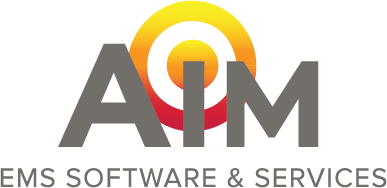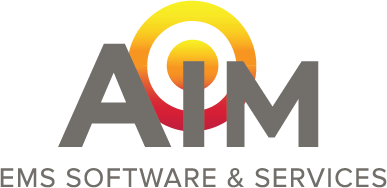What EMS documentation do you need to prove medical necessity?
This blog post is part of a series that addresses ambulance billing best practices. Our ambulance billing blog series highlights tips and insights to help you improve ambulance billing efficiency, lower ambulance claim rejections, and get reimbursed faster.
When it comes to establishing ambulance transport medical necessity, the PCR Narrative is the most important part of your EMS documentation.
This is true for any type of ambulance transport including emergency, non-emergency and non-stretcher medical transports. The PCR Narrative supports the EMS documentation, providing assurance to the payer that the ambulance transport could not have been performed by a private vehicle.
The Best Way to Paint a Picture of Medical Necessity
There are several EMS documentation approaches in practice, including SOAP, CHART, Chronological/PWWs DRAATT. There are even automated tools such as NarrativePro that can save EMS documentation time and ensure accuracy. All have value, and should be evaluated to determine which method best meets your agency’s needs.
Whichever approach you choose, it’s important to implement routine follow-up on how crews are using it. Too often, time is spent introducing EMS documentation process improvements to later find out they’ve used it for a few days or weeks before falling back into their old, not so detailed EMS documentation habits.
EMS Documentation for Non-Emergency Ambulance Transports Need More Attention
If you perform non-emergency ambulance transports, the PCR Narrative is only one piece of the puzzle in proving medical necessity. In many cases, a Physician Certification Statement (PCS) must be properly completed and signed by an authorized individual as well. It’s critical that the information on the PCS be consistent with the PCR Narrative. A common example of inconsistency is when a PCS states that the patient is bed-confined but transporting crew document that the patient ambulated to the stretcher.
If the EMS documentation has contradictions, the ambulance billing department will not submit the claim for reimbursement. Inconsistencies may cause rejections, or even worse, payments that are later retracted and prompt a potential audit. Inconsistencies in EMS documentation also leads to EMS billing professional’s spending more time on following up with transporting crew and/or facilities on accuracy questions when they could be focusing on submitting ambulance bills timely for reimbursement.
If you decide to transport a Medicare beneficiary that does not meet the medical necessity guidelines, make sure an Advance Beneficiary Notice (ABN), also known as a waiver of liability, is obtained first. An ABN needs signed for services that are usually covered by Medicare but are not expected to be paid for certain reasons, such as lack of medical necessity. If an ABN is not signed, you cannot bill the patient. When billing Medicare for a non-covered service, be sure to add the GA modifier (ABN required, and was properly obtained). An ABN should always be obtained when the patient or a family member requests to go to a facility further than the closest appropriate facility.
Dispatchers Role in Ensuring Proper EMS Documentation
For non-emergency ambulance transports, it is an EMS billing best practice to have call intake confirm receipt of the PCS and that it is properly completed BEFORE the transport occurs. Call in-take is the best time to ensure an ambulance transport meets medical necessity guidelines.
A Guide to Proving Medical Necessity
The EMS billing office cannot influence the EMS documentation process. As an example, the EMS biller can provide general advice and education as to how to complete a PCS and other EMS documentation, but cannot provide specific advice as to what should be said when completing the form for a specific patient.
Palmetto GBA offers great tips on how to “Paint the Picture” that AIM EMS Billing Services often shares with agencies and facilities struggling with EMS documentation.
AIM Can Help You Overcome EMS Documentation & Ambulance Billing Challenges
AIM Online EMS Software (dispatch, ePCR, billing) and EMS Billing Services is here to help you overcome your EMS documentation and ambulance billing challenges. Call us at 1-800-726-4690, fill out our online information request form, or read more about EMS best practices.




